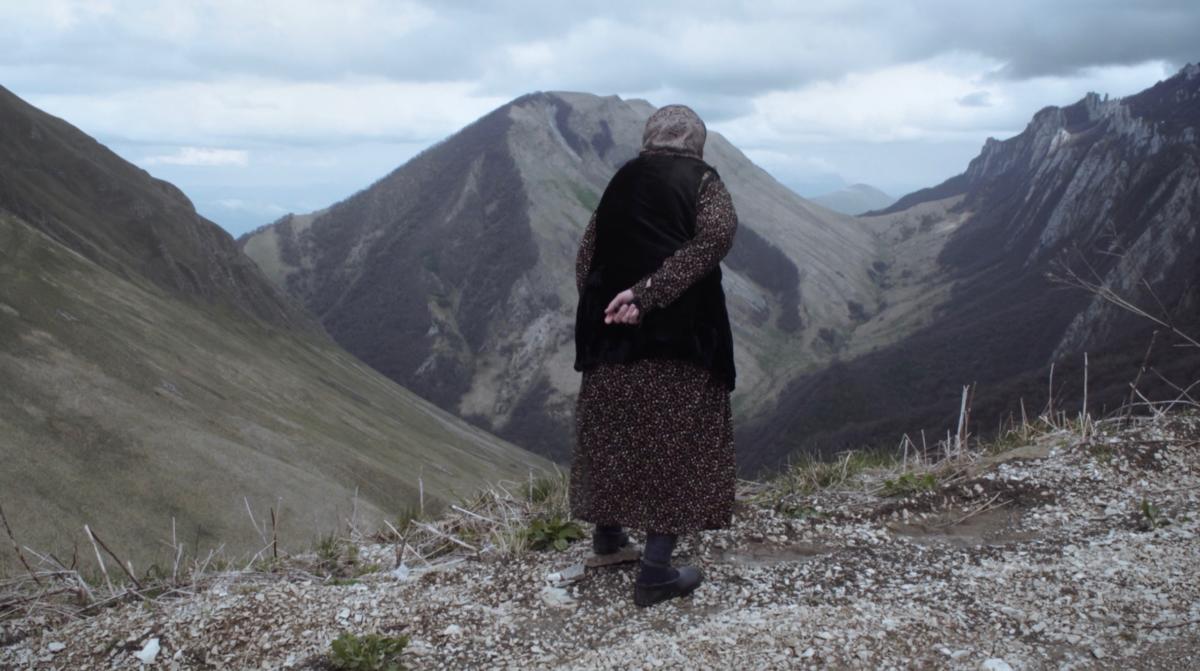
How can war atrocities be witnessed, survived and remembered? One can deal with them armed with a conceptual language that will render the void and suffering into smoothed and polished forms, locking the pain away in statistical files, pointing a finger on the map at silent scenes of carnage. One can distance oneself from the horrors, placing them outside our common experience, keeping them at arm’s length from the ‘we’ and ‘ours’ with the words ‘they’ and ‘theirs’. Carried inside like remnants of a past life that never came to fruition and now preys mercilessly on another’s existence, one can try to excrete trauma. Or one can release it like a genie, a spirit that has remained suppressed in the confines of memory for decades, pleading for freedom in return for serenity. But as we know from fairy-tales, genies can be mischievous. Power-hungry, they breed audaciously amongst both ‘us’ and ‘them’ – feeding on fears that stem from dwelling on painful memories and erecting cautionary monuments. And fear – not so much the fear of the memory of one’s own experience but rather of the seemingly never-ending suffering that humankind has experienced – will continue to seep through. Caution is needed with monuments.
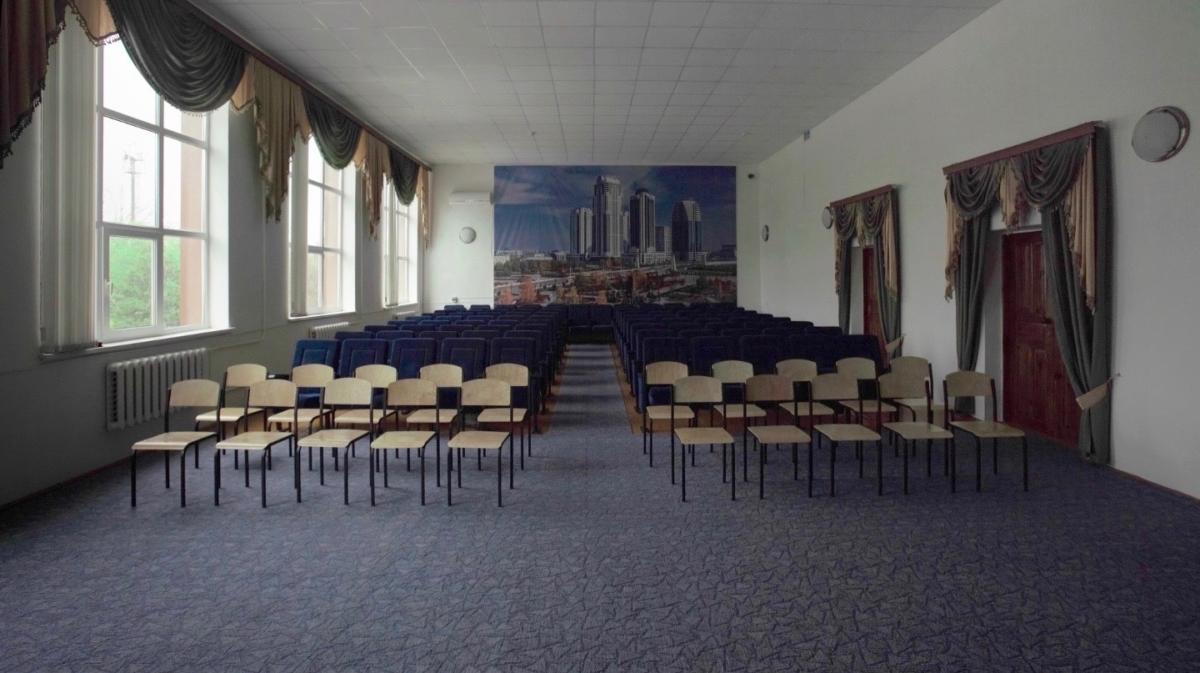
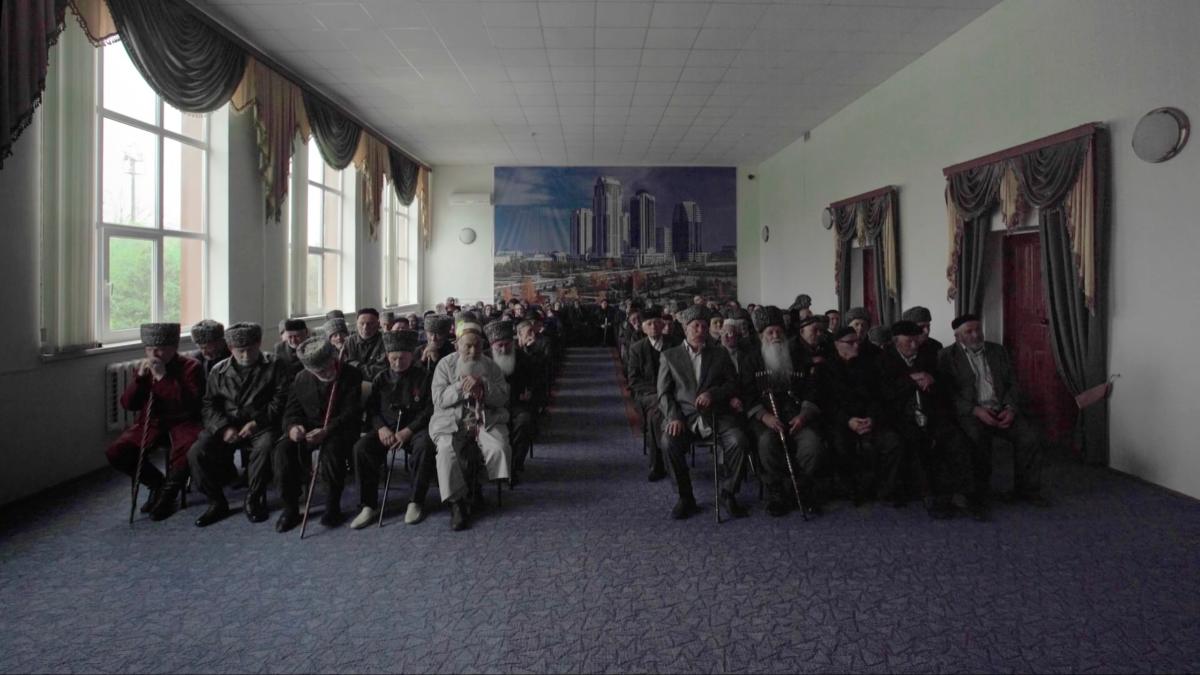
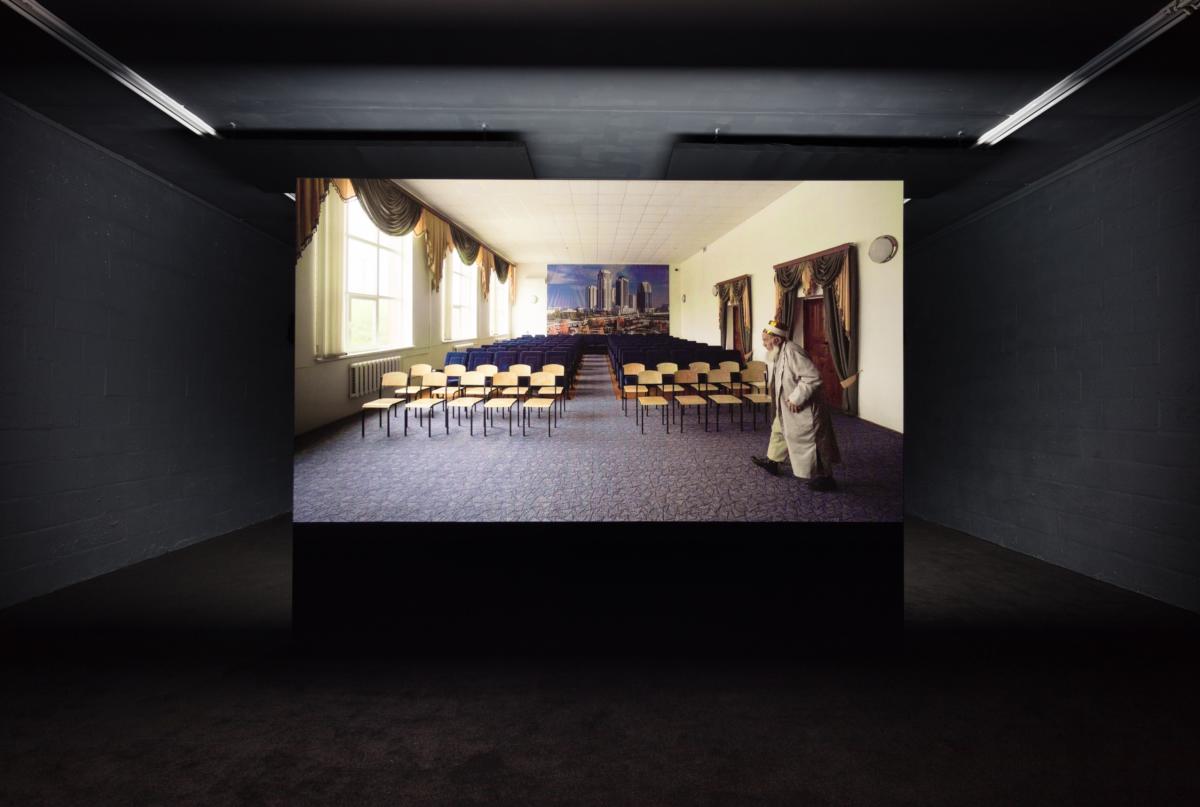
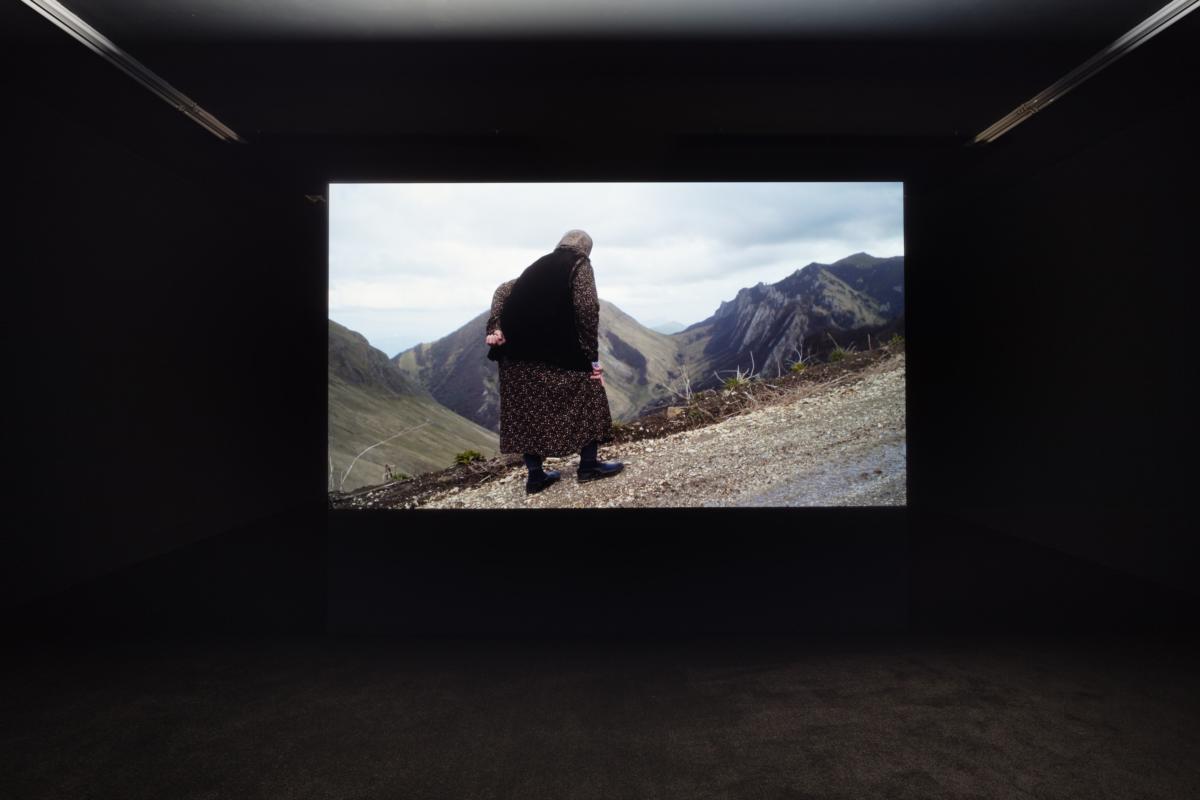
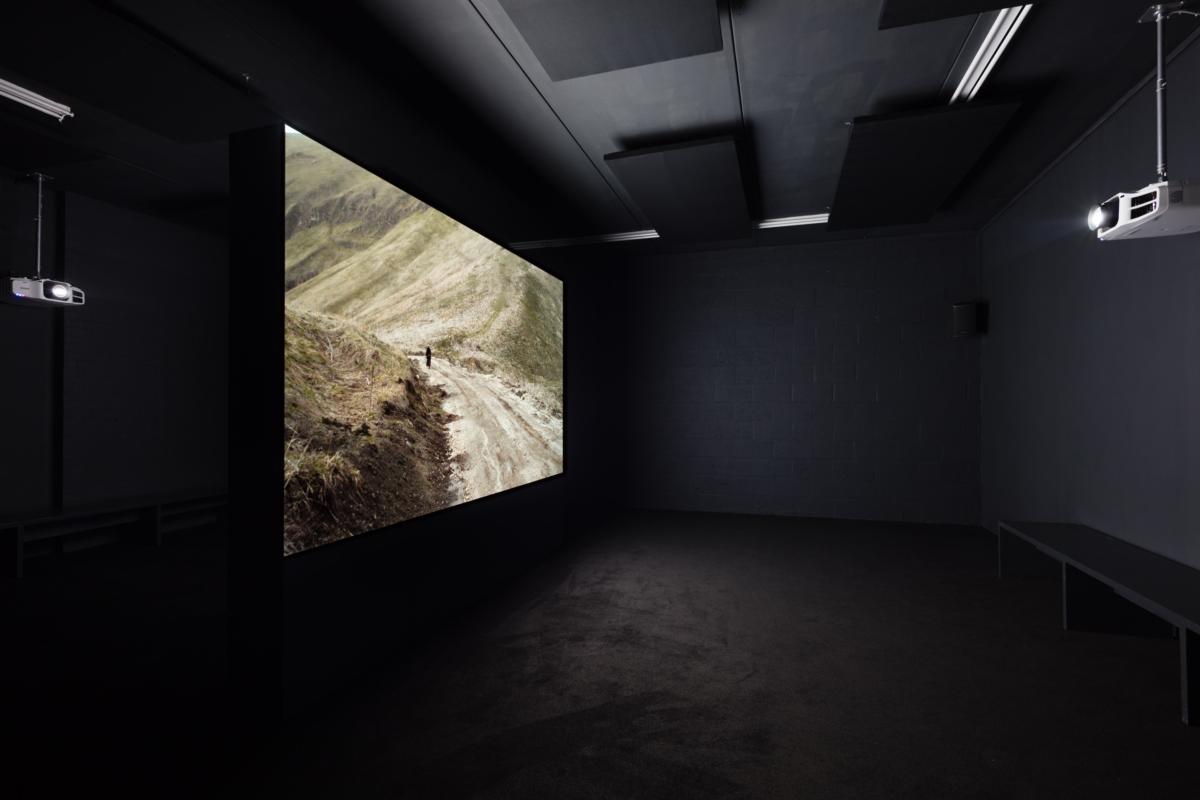
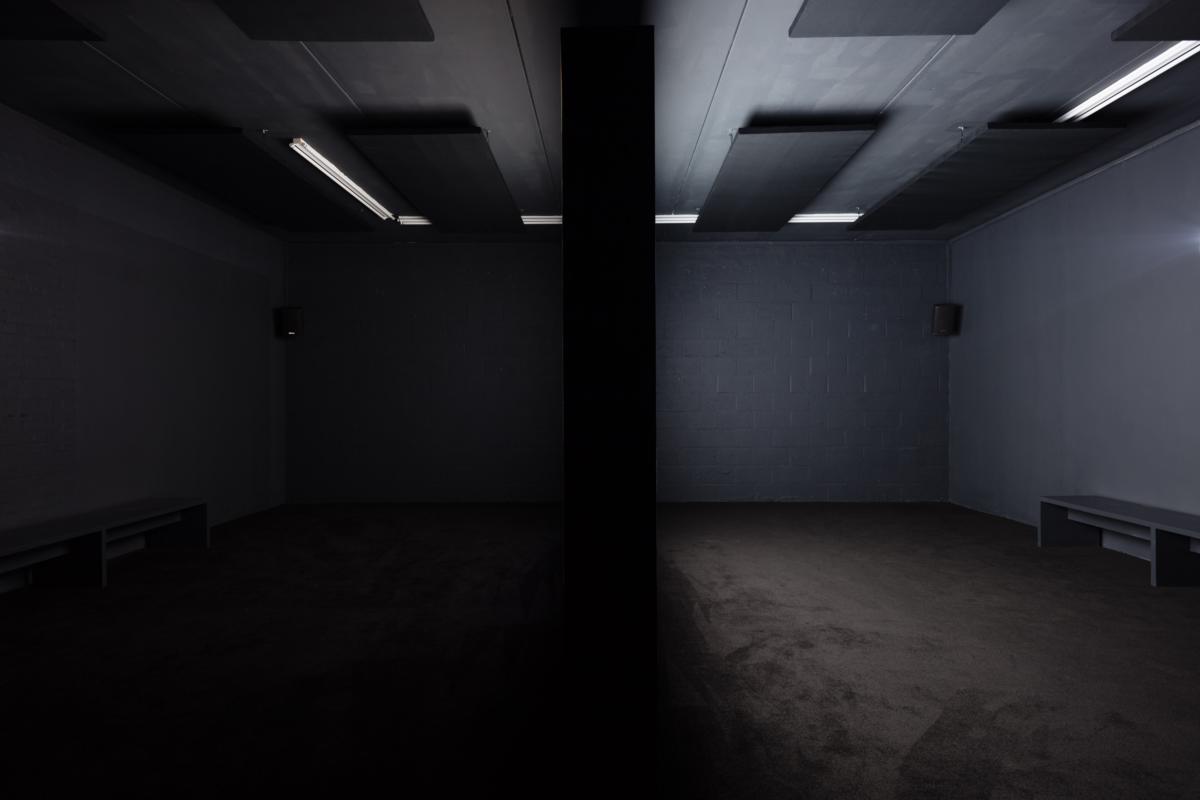
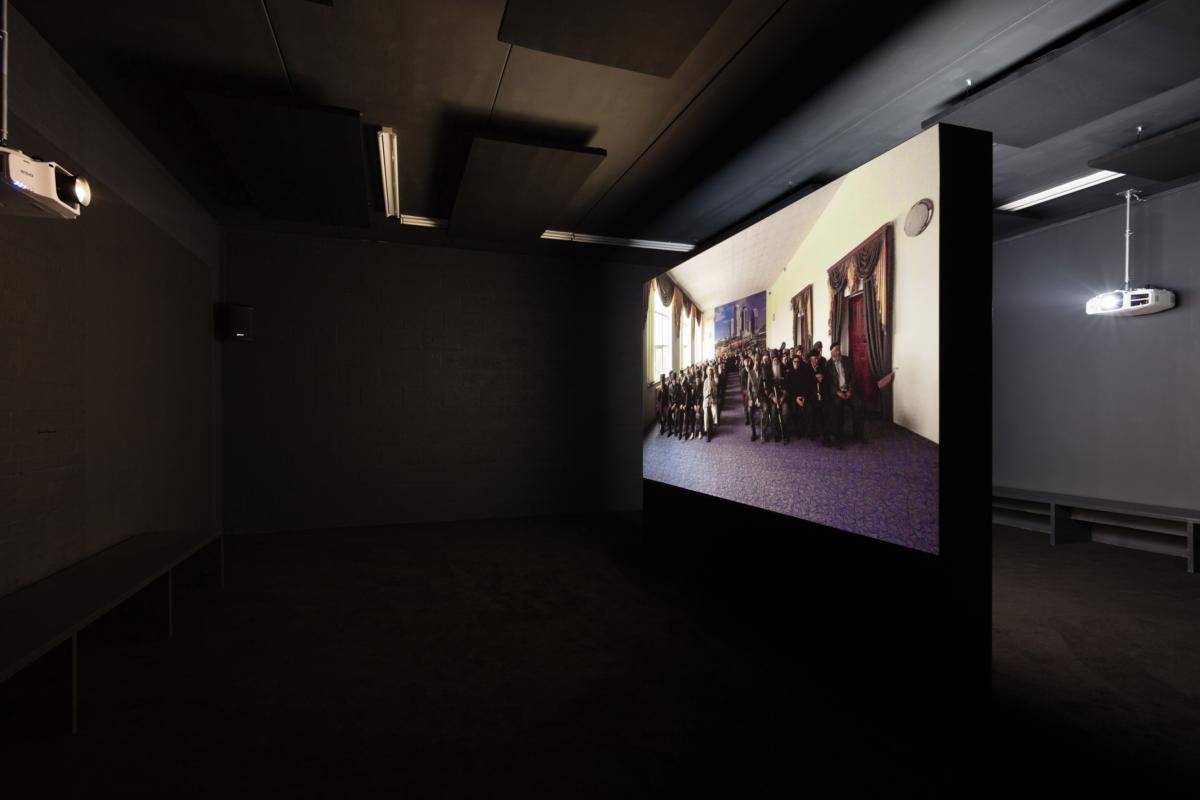
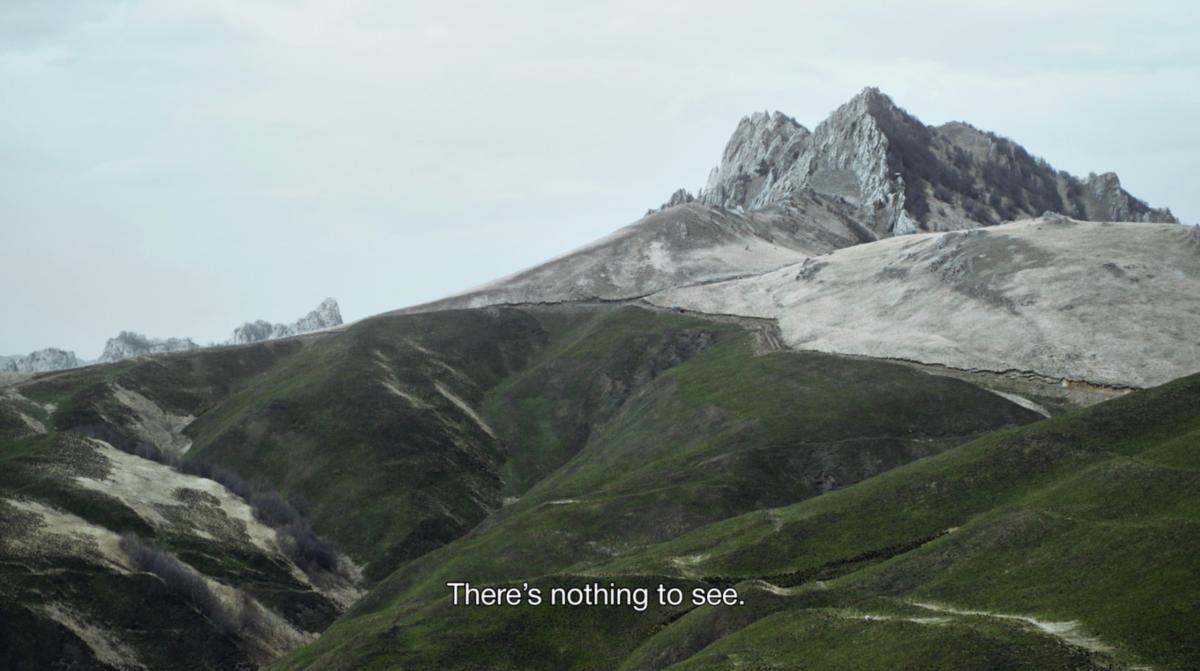
Aslan Gaisumov’s exhibition All that You See Here, Forget confronts images that flow from two different ways of reconstructing the atrocities – on the level of personal narrative and collective experience. Besides weaving together two distinct threads that fuse into the dialectics of memory and oblivion, the artist negotiates a space in which a past that is not ‘ours’ can be acknowledged and mediated. Drawing on the events of February 1944, when by Stalin’s decree, the entire Chechen and Ingush nations were brutally exiled from their homelands and resettled in Central Asia – with hundreds of thousands losing their lives and others losing their families – Gaisumov’s work serves as a vehicle to liberate memory from the confines of its emotionally tinged dimension. In this process, evoked in the title inspired by a poem by Osip Mandelstam, there is room for forgetting. ‘History,’ says Susan Sontag, ‘gives contradictory signals about the value of remembering in the much longer span of a collective history.’ For reconciliation, ‘it is necessary that memory be faulty and limited.’ Gaisumov shifts the point of gravity to shared experience. In the constantly changing space of the exhibition, the awareness of our history and the history of others is being formed.
Text: Anna Smolak
Imprint
| Artist | Aslan Gaisumov |
| Exhibition | All That You See Here, Forget |
| Place / venue | Emalin, London |
| Dates | March 14 – April 28, 2018 |
| Curated by | Anna Smolak |
| Website | emalin.co.uk |
| Index | Anna Smolak Aslan Gaisumov Emalin |
